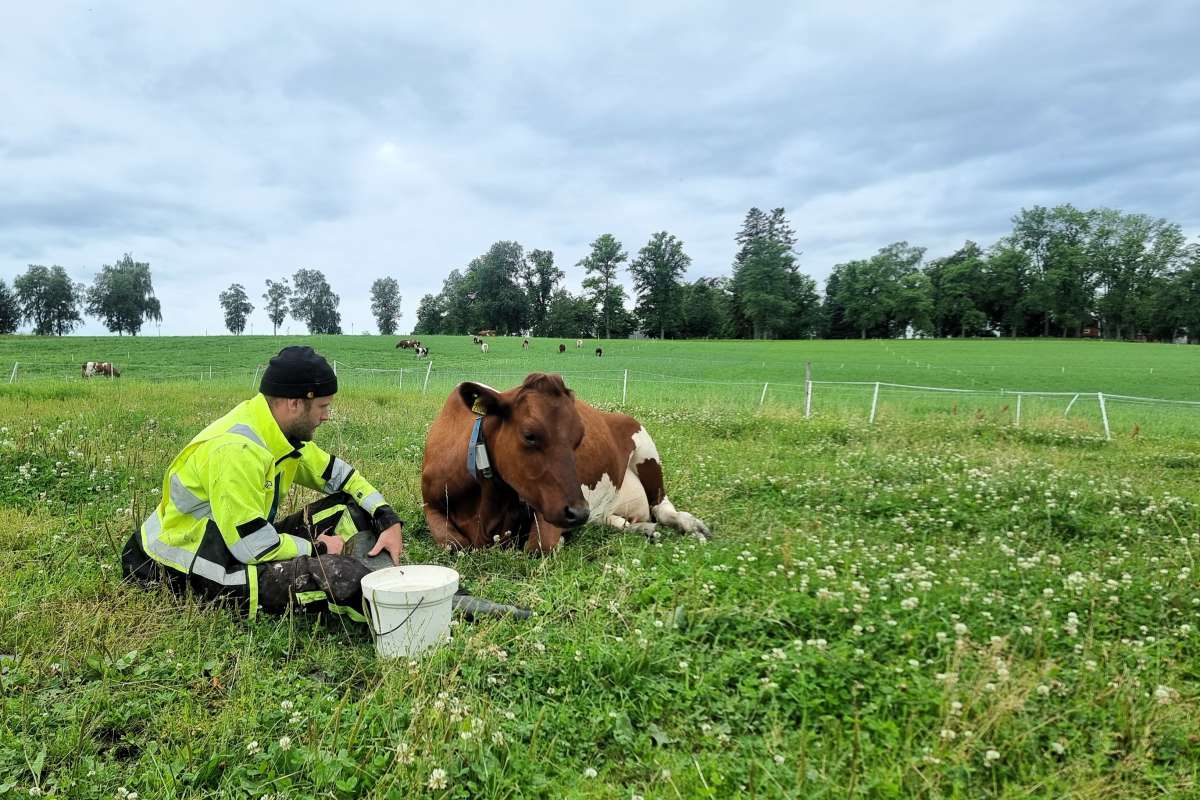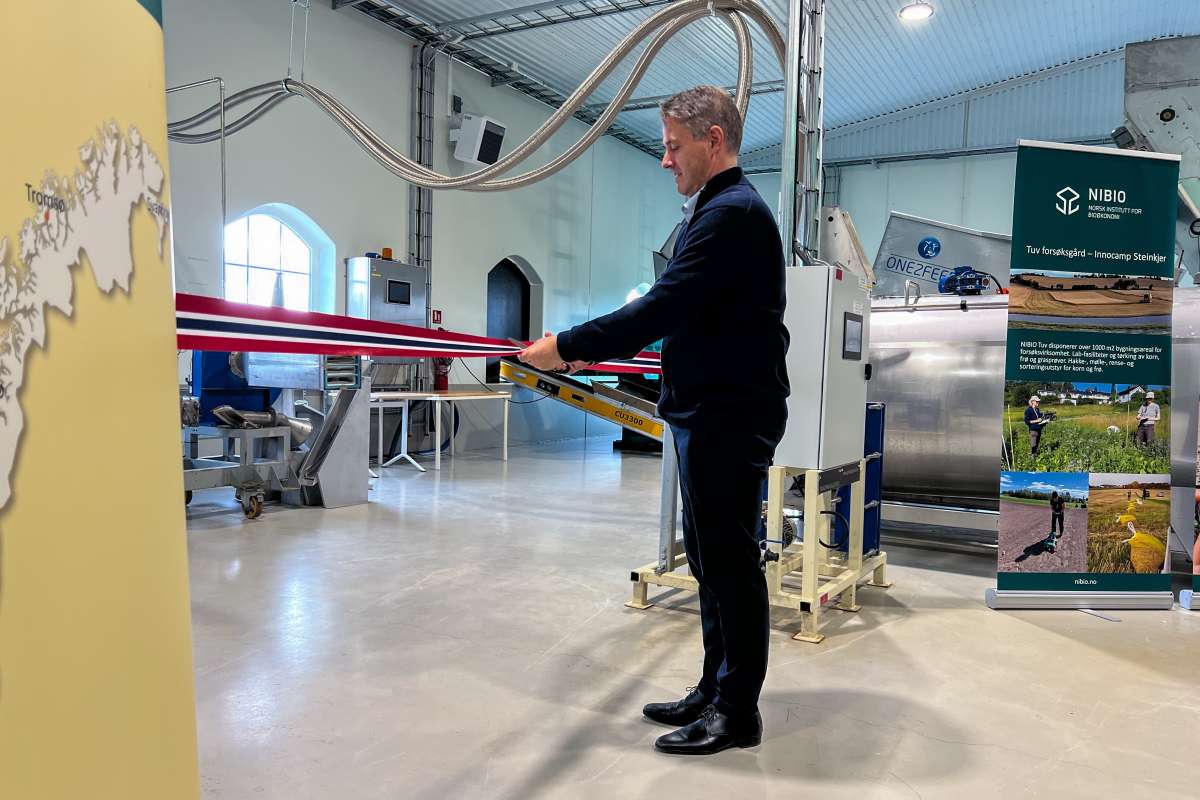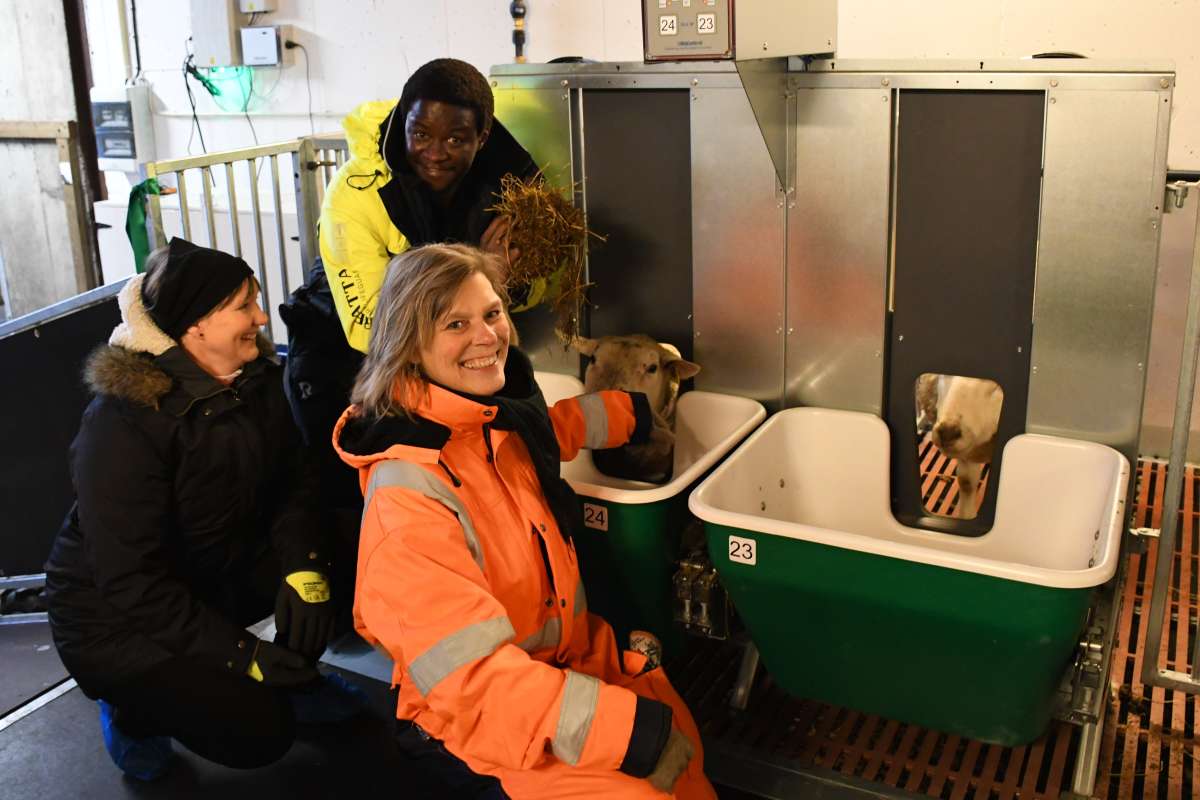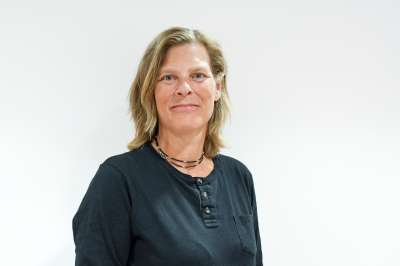
NIBIO at GGAA2025
Human-caused methane emissions account for around 18% of total global greenhouse gas emissions. In terms of grazing animal production, greenhouse gas emissions are estimated to make up about 4% of Norway’s national emissions. The main source of methane emissions from grazing animals is the fermentation of feed in the rumen. At NIBIO, research is being conducted on the use of feed that can reduce methane emissions from grazing animals.

In the NIBIO POP series, four articles have been published (see bottom of this page) presenting the work being done to address climate challenges in Norwegian grazing animal production.
Experiments have been carried out in laboratories and on test animals around the world to estimate methane emissions from grazing animals, but little has previously been done on test animals in Norway. When existing data and research results are drawn from regions with different climates, feed, and production conditions, it is difficult to know whether the calculations are accurate.
Testing Feed
Researchers are now taking a closer look at methane emissions from Norwegian sheep and whether it is possible to reduce them. International research has shown that feeding grazing animals certain types of algae, including the tropical red alga Asparagopsis, can reduce methane emissions from both sheep and cattle. Trials have been conducted with the Norwegian red alga fjærehinne, but similar results have not been found there. The search for feeds that reduce emissions continues (including through the project SeaSolutions), while efforts are also underway to better understand how grazing animals contribute to soil carbon storage. During the coming grazing season, experiments will be initiated to measure the total greenhouse gas emissions from both animals and pasture.
Sustainable Food Production
Greenhouse gas emissions are one factor included in assessing how sustainable agriculture is. However, it is important to remember that grazing animals can have positive effects in other areas, such as utilizing land that would otherwise be inaccessible for food production. This may include areas that are difficult to reach or where nothing grows except grass. Grazing animals also contribute to fertilizing land and spreading seeds, as well as preserving biodiversity by keeping competitive vegetation in check. In addition to meat, grazing animals also provide other products such as dairy, wool, and hides.
More information on this topic can be found in the articles, project pages, and news story below.
Publications
Editors
Camilla BaumannAbstract
No abstract has been registered
Authors
Vibeke LindAbstract
No abstract has been registered
Authors
Vibeke LindAbstract
No abstract has been registered
Popular science article – RUMINANTS AND METHANE 1:4 European cattle and sheep production
Vibeke Lind
Authors
Vibeke LindAbstract
No abstract has been registered
Authors
Vibeke LindAbstract
No abstract has been registered
Projects

Division of Food Production and Society
Seaweeds and seaweed-ingredients to reduce enteric methane emissions from pasture-based sheep, cattle and dairy cows (SeaSolutions)
Seasolutions will investigate the potential of seaweed to mitigate GHG emissions and gain a fundamental understanding of mechanism of action, effects of nutritional composition of meat and milk, whilst investigating economic viability
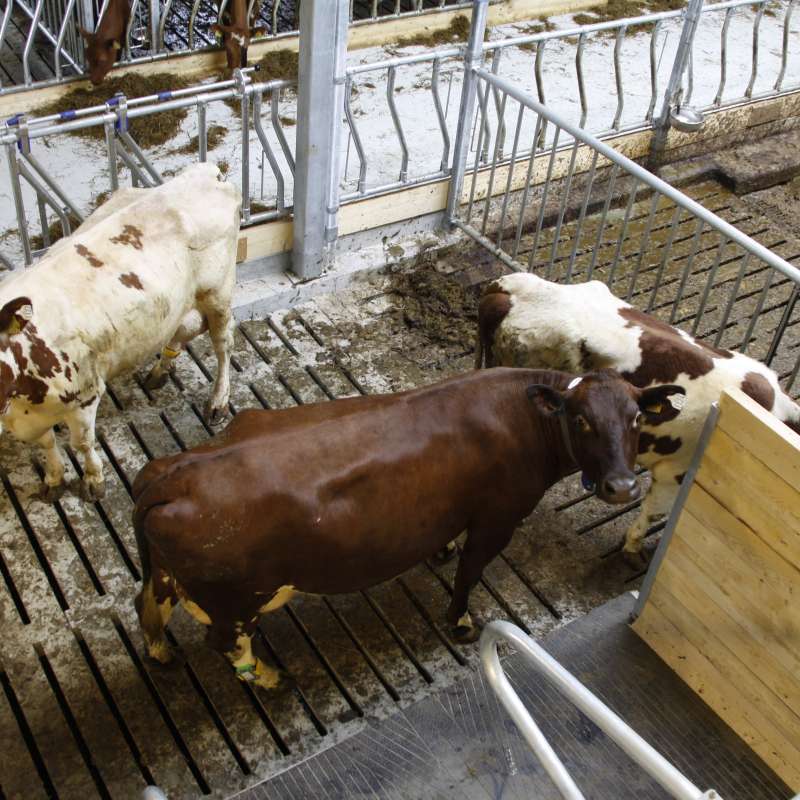
Division of Food Production and Society
MilKey - Decision support system for sustainable and GHG optimized milk production in key European areas
Greenhouse gas (GHG) emissions from cattle account for approx. 14.5 per cent of global GHG emissions. At the same time, cattle in combination with milk make up a large part of the value creation and employment in Norwegian agriculture. There is also a goal to increase Norwegian food production. Through grazing, cattle contribute to maintain an open cultural landscape and biological diversity. This project will collect data from key European areas to design a decision support system for sustainable milk production with reduced GHG emissions.
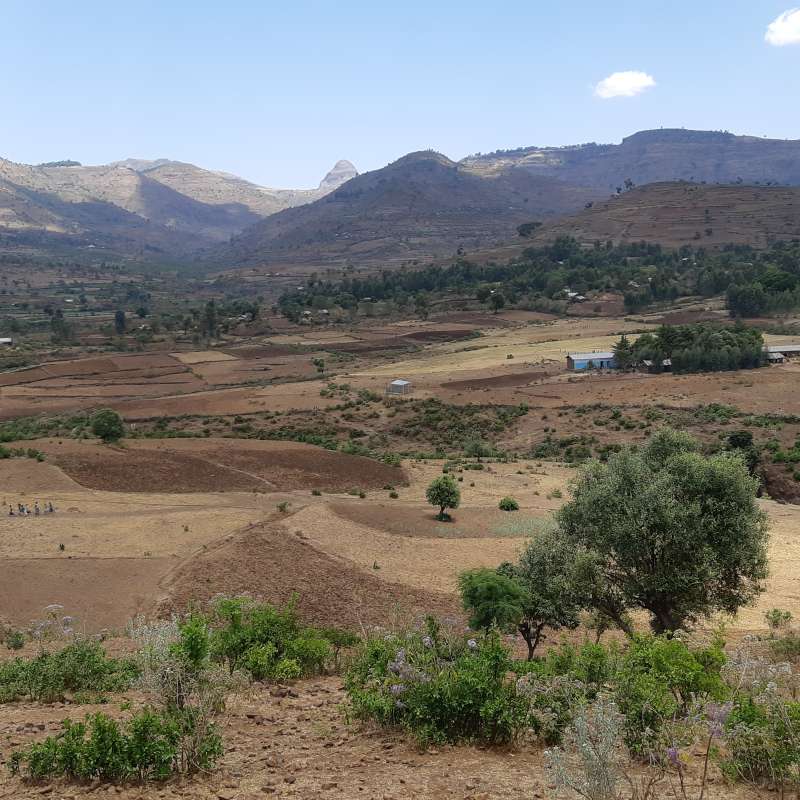
Division of Food Production and Society
EthiopiaGrass
Perennial grassland mixtures: a novel approach to forage and food production, land restoration and climate resilience in Ethiopia (EthiopiaGrass).

